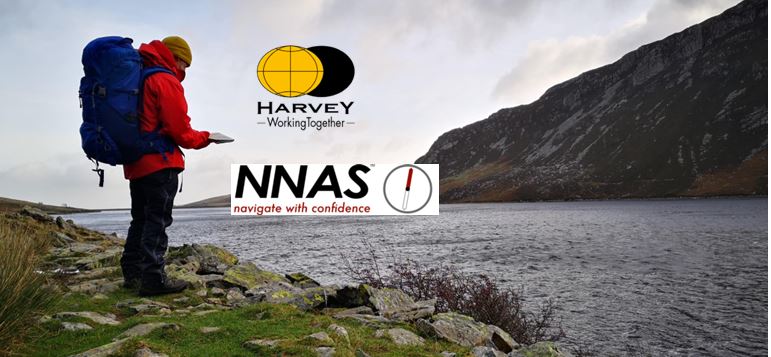
Navigation – Bronze NNAS Award
5 April @ 08:30 & 6 April @ 15:00
£155
National Navigation Award Scheme (NNAS) – Bronze Award
————————————————————————-
Syllabus
Navigate using a variety of maps and scales.
Use 4 and 6 figure grid references with worded descriptions to define the position of a map feature and to locate a feature on the ground.
Orientate the map using handrails, obvious point features and major landforms.
Use linear features (e.g. paths, tracks, clear boundaries) as handrails in simple navigation exercises.
Relate prominent landforms such as large hills and valleys to corresponding contour information on the map.
Orientate the map by aligning a compass needle against grid north and be aware that magnetic variation causes an inaccuracy.
Use an orientated map to confirm the direction of travel.
Use clearly identifiable features to confirm position along the route and to recognise when the target has been overshot.
Measure horizontal distance on the map and estimate distance on the ground using timing, pacing and simple visual judgements e.g.100m.
Plan and implement simple routes and navigation strategies based on the above skills.
Recognise a navigation error within a few minutes and apply simple relocation techniques using handrails and prominent features.
Demonstrate an awareness of local and national access issues, access legislation, personal responsibilities and the Countryside Code.
Demonstrate appropriate knowledge of walking equipment, safety equipment and emergency procedures.
———————————————————
Course details:
This course runs over two days. You must complete the full course in order to achieve the Bronze NNAS Award. All training (and assessment) will be delivered practically in the outdoors rather than in a classroom. This is a ‘hands-on’ real navigation course.
*Please contact myself via email with any course enquiries: mwall16@tiscali.co.uk
or click on link below for bookings:
Details
- Start:
- 5 April @ 08:30
- End:
- 6 April @ 15:00
- Cost:
- £155
- Event Category:
- Navigation
- Event Tags:
- bronzeawardnavigation, bronzenavigation, bronzenavigationaward, learntonavigate, navigatewithconfidence, navigationoutdoors, navigationskills, navigationskillsnorthwales, navigationsnowdonia, nnasbronze, skillsforhills
- Website:
- www.maxadventures.co.uk

